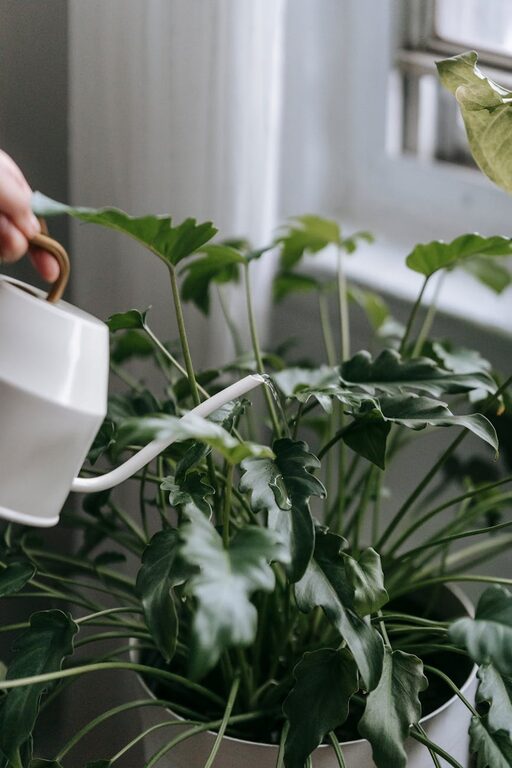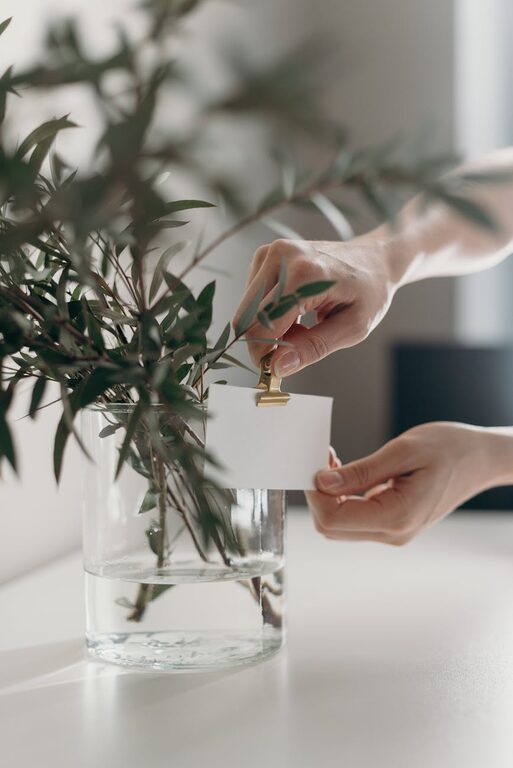Creating a peaceful and relaxing environment at home often starts with the colors you choose for your walls and decor. Calm colors can transform any room into a soothing retreat, helping to reduce stress and encourage comfort. But with so many color options available, selecting the right shades can feel overwhelming. This post offers practical tips to guide you in choosing calm colors that will make your home a cozy, tranquil space.
Why Choose Calm Colors?
Before diving into the specific color choices, it’s helpful to understand why calm colors matter. Colors influence our mood and energy levels. For example:
– Bright, bold colors can energize and stimulate.
– Dark colors may feel cozy but sometimes heavy.
– Soft, muted colors tend to relax and soothe the mind.
By selecting calm colors, you create a backdrop that supports relaxation, better sleep, and stress relief—key benefits for a happy home.
Popular Calm Color Families
Here are some color families known for their calming effects:
1. Soft Blues
Blue is often linked to the sky and water, evoking tranquility. Soft blues can bring a refreshing and peaceful vibe to bedrooms, living rooms, or bathrooms.
2. Gentle Greens
Green connects us to nature and growth. Muted greens help create a restful atmosphere without being too stimulating.
3. Neutral Tones
Whites, beiges, taupe, and soft grays provide a clean and calm backdrop. These neutrals are versatile and pair well with almost any accent color.
4. Warm Pastels
Colors like pale pink, lavender, or peach gently warm a room while keeping the mood mellow and calm.
How to Choose the Right Calm Colors
Consider Your Room’s Purpose
Think about how you use each room:
– Bedrooms call for especially soothing colors like soft blues or pale greens to encourage rest.
– Living rooms can benefit from neutrals with warm undertones to promote conversation and relaxation.
– Kitchens work well with light, fresh colors that feel clean yet inviting.
Test Colors in Different Lighting
Natural and artificial lighting impact how colors look:
– Paint sample patches on walls and observe them at various times of the day.
– Notice if colors feel more vibrant or muted under your room’s lighting.
– Sometimes a color that seems calming in daylight might feel dull or harsh under bulbs.
Think About Undertones
Colors have undertones that affect their mood:
– Blue undertones can add coolness.
– Yellow undertones warm up a color.
– Gray undertones make colors softer and more neutral.
Understanding undertones helps you pick shades that suit your taste and room’s ambiance.
Use Color Combinations
Pair calm colors to create depth and harmony:
– Combine soft blue walls with white trim for a crisp, tranquil look.
– Add muted green accents such as pillows or curtains against warm beige walls.
– Mix neutral shades with a pastel accent for subtle interest.
Tips for Incorporating Calm Colors
1. Start Small
If you are unsure about big changes:
– Begin with accessories such as cushions, rugs, or curtains in calm colors.
– Introduce calm colors gradually to see how they affect your mood.
2. Go Matte or Satin
Glossy finishes can reflect light and feel less soothing. Matte or satin paints offer a softer, more calming look.
3. Balance with Texture
Add texture through fabrics and furniture to prevent calm colors from feeling flat:
– Soft throws, woven baskets, and natural wood bring warmth and interest.
– Textured elements complement calm colors nicely.
4. Keep It Consistent
Using calm colors consistently throughout your home helps maintain a peaceful flow between spaces.
Mistakes to Avoid
– Choosing colors just based on trends: Popular colors may not suit your personality or room function.
– Ignoring undertones: This can cause colors to look different than expected.
– Not testing paint samples first: What looks good on a small card may look different on a wall.
– Overloading a room with too many colors: Too many shades can feel chaotic rather than calming.
Final Thoughts
Choosing calm colors for your home is an inviting way to foster relaxation and pleasant energy. By understanding how colors affect mood, testing samples wisely, and combining colors thoughtfully, you can create a soothing space tailored to your lifestyle. Whether you prefer gentle blues, natural greens, warm neutrals, or soft pastels, these tips will help you select colors that truly feel like home.
—
Ready to refresh your space? Pick a calm color today and enjoy the peace it brings!




